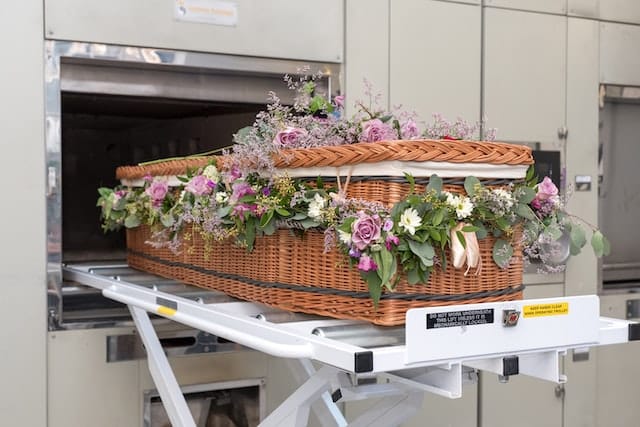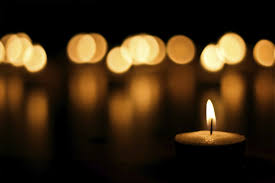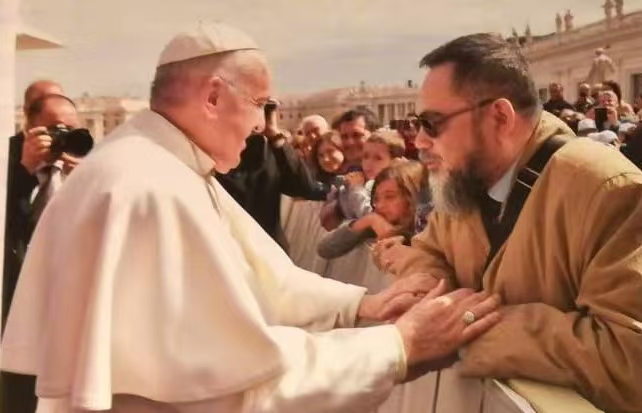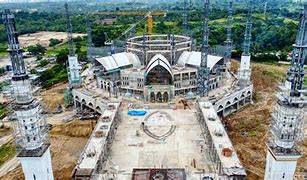Sheilla Cajayon Ysug-Lee, R.N.
Cremation has become an increasingly popular choice for those seeking an alternative to traditional burial. While it may seem like a more efficient and practical approach to mourning, from a spiritual perspective, it raises profound and complex questions about the afterlife, the nature of the soul, and the impact it has on our understanding of mortality.
The traditional concept of an immortal soul, separate from the physical body, assumes that the body is but a temporary vessel for the soul. In this view, the body is seen as a mere shell, a wrapping that contains the true essence of who we are. Cremation, which reduces the body to its most basic elemental form, can be seen as a disruption of this delicate balance. The physical body, the vessel of the soul, is destroyed, leaving the question of where the soul goes.
Some religious traditions, such as Christianity and Islam, view cremation as incompatible with their beliefs. In these faiths, the body is seen as a temple for the soul, and its destruction is seen as a denial of God’s power to raise the dead. Others, like Hinduism and Buddhism, take a more inclusive view, seeing the body and the soul as inseparable aspects of the same reality.
For many, however, the spiritual consequences of cremation are not as clear-cut. The emotional and psychological toll of losing a loved one is already immense, and the added complexity of considering their physical remains can be overwhelming. Without a clear understanding of what happens to the soul after death, the process of grieving can become complicated and fraught.
Moreover, the environmental concerns surrounding cremation cannot be ignored. The process of burning a body results in the release of toxins and pollutants into the atmosphere, not to mention the energy consumption and waste production involved in the process.
A more holistic approach to death and mourning might consider the interconnectedness of the physical and spiritual realms. By acknowledging the impermanence of all things, including our own physical bodies, we might come to a deeper understanding of the cyclical nature of life and death.
In many indigenous cultures, the respect for the deceased involves recognizing that they continue to live on in the land, the air, and the spirits that surround us. This sacred connection between the living and the dead honors the wisdom that we are not separate, but part of a greater web of life.
In conclusion, “From Earth to Ashes” highlights the need for a more nuanced and multifaceted approach to death and mourning. By examining the spiritual consequences of cremation, we are compelled to consider the deeper implications of our actions and the choices we make in the face of mortality. As we navigate the complexities of our own mortality, may we find solace in the cyclical nature of life, and compassion for those who remain, as we all journey together from earth to ashes, and beyond.















